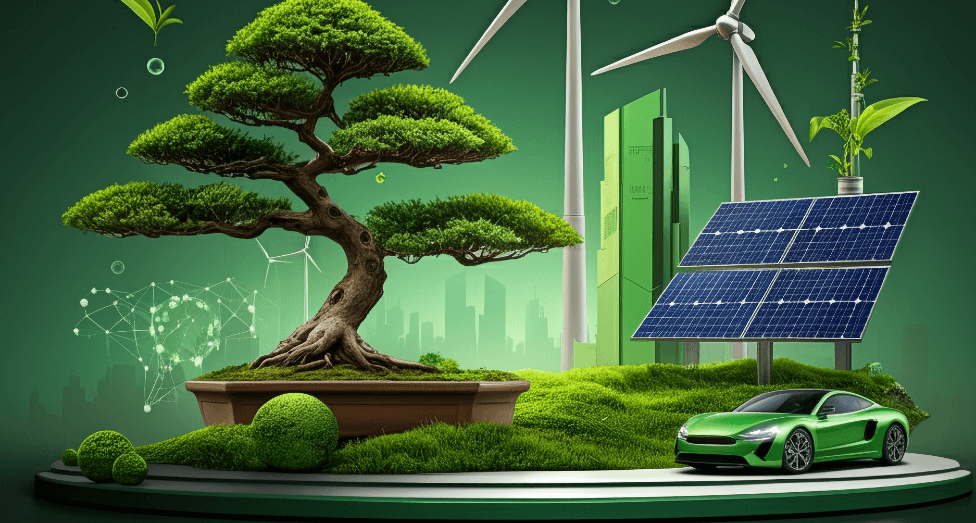EV Myths Busted: Separating Fact from Fiction
Electric vehicles are more environmentally-friendly than ICE vehicles but some peope aren’t convinced. This means there are some EV myths that should be busted.
Why doesn’t everyone drive an EV? These vehicles run on electricity, can be refueled at home using a dedicated charging port, and many offer more than enough driving range for most commuters. For some, EVs don’t offer enough driving range, towing power, or the affordability desired. For others, they have fallen victim to some myths about EVs that simply aren’t true.
Here are some EV myths busted to give you a bit more perspective on the facts of these vehicles over the fictional stories you’ve been told.
EVs have high carbon debts
There’s no getting around the emissions and mining associated with making electric vehicle batteries, which puts EVs in a significant carbon debt position compared to traditional ICE models. Some think it takes more than 50,000 miles of EV driving to pay off that debt, but that simply isn’t true. The average EV can pay off its carbon debt after about 11,000 miles of driving. The larger the EV battery, the greater the carbon debt, but this is not even close to 50,000 miles, even for the largest electric vehicle.
EVs have no CO2 advantage over ICE models
This is one of the EV myths that’s been busted in as many ways as possible. The longer an EV is on the road, the greater its advantage over traditional ICE vehicles. In fact, a recent study showed that electric models have a 68% advantage over an ICE counterpart when driven from new to the average age of scrappage, which is about 14 years. This means you’re saving tons of CO2 when you drive an EV, even if the electricity is produced by burning carbon.
EVs are accelerating global warming
Global warming is the result of many environmental challenges, not all of which have to do with the automotive industry. The more trees that are cut down to clear ways for golf courses, houses, or stores, the fewer trees there are to turn carbon dioxide into oxygen. Additionally, EVs not only cut CO2 emissions, but by using renewable electricity, compared to fossil fuels, they cut the number of barrels of oil required to fuel vehicles. If more drivers turn to EVs, global warming can slow, but additional industries must also get on board.
Driving an old car is better than driving a new EV
If you already own an old car and want to keep driving it for a few years, there’s nothing wrong with that. Scrapping a car prematurely isn’t a good idea and has a negative environmental impact. Still, this is one of the EV myths that’s been busted because once you buy a new EV and start driving, it begins cutting the emissions you’re expelling after only 20,000-32,000 miles, but even less when compared to an outdated, gas-guzzling, old car.
EVs are simply displaced carbon emissions
One of the most common arguments is that most electricity is produced by burning coal, which is true. This means that using this electricity means you’re using fossil fuels to power an electric vehicle. While true, it’s been proven that EVs using coal-produced electricity are still much more efficient and have less of a carbon footprint than vehicles powered by gasoline or diesel. Additionally, many countries have moved away from coal and are working toward producing electricity using renewable methods.
EVs aren’t completely green
This is one of those statements that is mostly true but is still one of the many EV myths that must be busted. Some people think that if something isn’t 100% good for the environment, then it can’t be the better choice, but that’s not the case. Electric cars produce some emissions, as do all vehicles. This comes in the form of production, tire and brake emissions, and the coal burned to produce electricity. That said, EVs cut emissions by two-thirds compared to ICE vehicles, making them the greener choice.
EV battery lifecycle is short and uncertain
At first, this could have been true, but its been proven false. Most automakers back their EV batteries for at least eight years and EVs don’t depreciate faster than ICE models, which shows market confidence in these vehicles. Additionally, once an EV battery reaches its end of life, it can have a second life and much of the materials in the battery can be recycled and reused to make new batteries.
These are just a few of the common EV myths that have been busted. While some drivers still have a few real roadblocks in terms of EV usage, such as driving range, charging time, towing capacity, and price, electric vehicles can be the right choice for most people.

